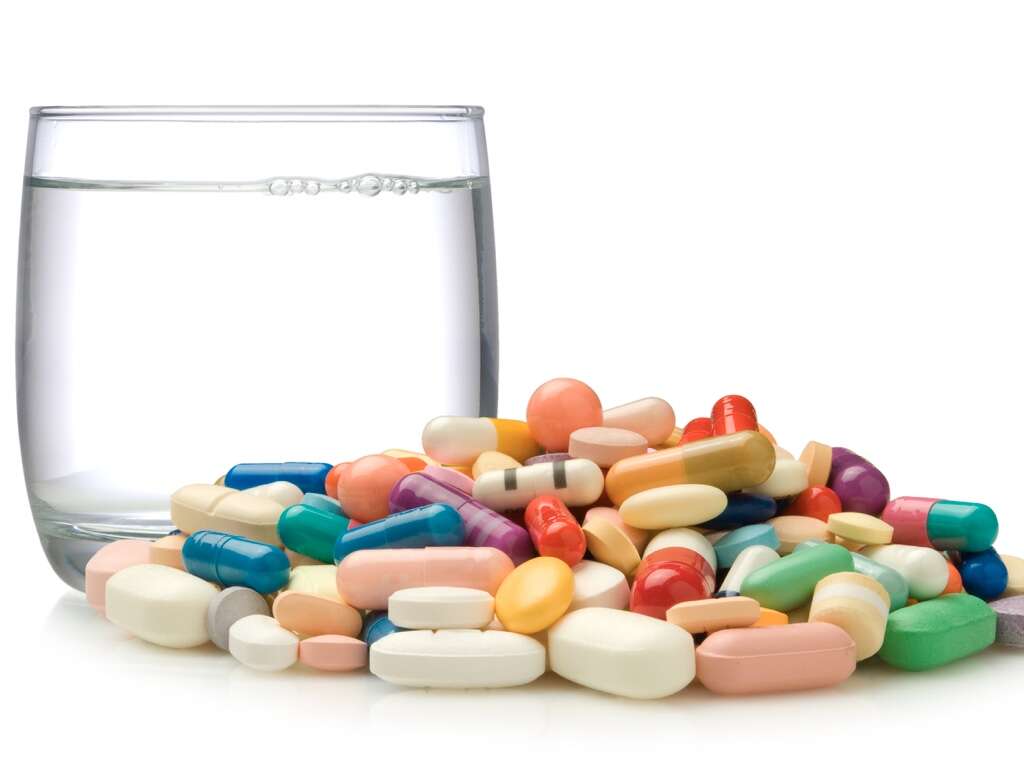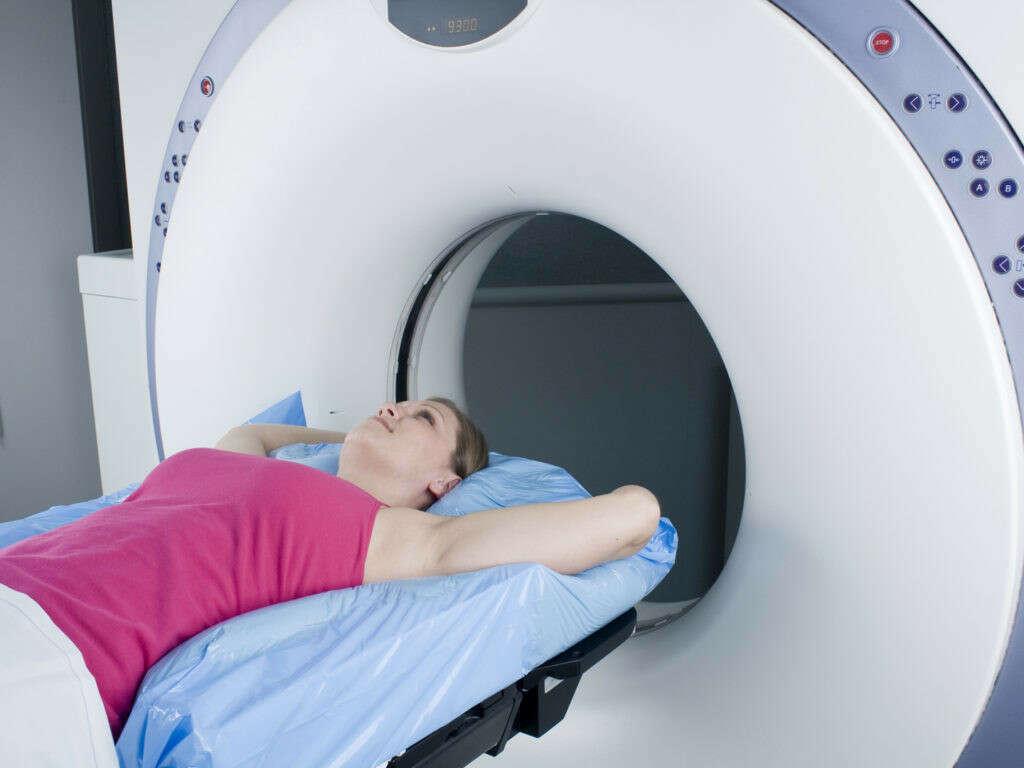10 Side Effects of Amoxicillin
 Article Sources
Article Sources
- 1. Diarrhea & Electrolyte Imbalance.’ COM, Leaf Group, www.livestrong.com/article/363529-diarrhea-electrolyte-imbalance/
- 2. Gotter, Ana. ‘Side Effects of Amoxicillin (Amoxil, Trimox).’ Healthline, Healthline Media, 4 Apr. 2019, www.healthline.com/health/side-effects-amoxicillin-amoxil-trimox
- 3. ND, Eric Bakker. ‘Can Amoxicillin Cause Yeast Infections?’ Candida Diet, Cleanse & Recipes by Eric Bakker N.D., 12 Feb. 2020, www.yeastinfection.org/can-amoxicillin-cause-yeast-infections/
- 4. Amoxicillin Side Effects: Common, Severe, Long Term.’ com, www.drugs.com/sfx/amoxicillin-side-effects.html
Amoxicillin is a penicillin-like antibiotic used to treat bacterial infections, such as pneumonia, bronchitis and infections of the urinary tract, skin, ear, nose and throat. Sometimes amoxicillin is used with clarithromycin to manage stomach infections that are caused by H. pylori overgrowth.
However effective it may be, amoxicillin has many potential side effects. Common side effects of amoxicillin include diarrhea, headache, stomach upset, skin rash, distorted taste and vaginal yeast infection. Less common side effects of the drug include blistering, allergic reactions, dizziness, breathing problems, seizures, insomnia, fatigue, jaundice, unusual bleeding and trouble passing urine. Talk to your doctor to learn more about amoxicillin.

Diarrhea
Diarrhea is frequent, watery and loose stool. When diarrhea lasts for four or more weeks, it's considered chronic. To avoid dehydration, it's advisable to drink a lot of fluids. Beverages such as water and milk are suitable for mild diarrhea. For moderate-to-severe diarrhea, electrolyte solutions are necessary.1Diarrhea & Electrolyte Imbalance.’ COM, Leaf Group, www.livestrong.com/article/363529-diarrhea-electrolyte-imbalance/
Diarrhea is a common amoxicillin side effect. Antibiotics, such as amoxicillin, kill both the disease-causing and beneficial bacteria. As a result, they disrupt the large intestine and can cause diarrhea. Staying hydrated and supplementing gut bacteria with probiotics may help alleviate diarrhea. If bleeding accompanies diarrhea, immediate medical attention is required.

Stomach Upset
Abdominal pain, which is pain that occurs anywhere in the stomach region, is one of the common side effects of amoxicillin. Sometimes, the pain may be accompanied by vomiting.
Taking an amoxicillin dose with a meal may help to avoid abdominal pain. Eating easily digestible bland foods, such as crackers and soups, may help cope with stomach upsets related to amoxicillin. Severe, prolonged abdominal pain requires immediate medical attention, as another underlying cause may be the problem, and not the antibiotic.

Headache
A headache is a discomfort or pain in the scalp, head or neck. Tight, contracted muscles in the jaw, scalp, neck and shoulders are the most common cause of headaches. Taking amoxicillin may also cause mild headaches, which may occur once or frequently.
One possible way to avoid getting headaches from amoxicillin is to take the medication with meals and drink plenty of water. The headaches resulting from the use of amoxicillin may also be relieved with medications used to treat headaches and migraines.

Taste Distortion
Amoxicillin may cause distortion of taste. A person taking the medication may find that foods taste metallic. This is because amoxicillin may affect how zinc is absorbed by the body.2Gotter, Ana. ‘Side Effects of Amoxicillin (Amoxil, Trimox).’ Healthline, Healthline Media, 4 Apr. 2019, www.healthline.com/health/side-effects-amoxicillin-amoxil-trimox Zinc deficiency may lead to an unpleasant metallic taste in the mouth.
Other people may experience increased sensitivity to extremely salty or sweet tastes when they take amoxicillin. A person who has a fever while taking antibiotics such as amoxicillin may experience a dry mouth, which can affect taste, as well.

Skin Rash
Skin rashes may develop while taking amoxicillin, especially among children. About 5 to 10 percent of children who take this drug get a skin rash. Most times, it's difficult to determine whether the skin rash is a result of an allergy.
Most people notice the skin rash after taking amoxicillin for three to five days. It may appear as small, raised or flat, red, unevenly spread patches. The rash may be itchy and may appear on the back, stomach or chest.

Vaginal Yeast Infection
Amoxicillin is effective because it hinders the growth of bad bacteria. Unfortunately, it also inhibits the growth of the beneficial bacteria that help maintain the appropriate pH balance in the vagina. Consequently, vaginal pH may rise and yeast infection may occur.3ND, Eric Bakker. ‘Can Amoxicillin Cause Yeast Infections?’ Candida Diet, Cleanse & Recipes by Eric Bakker N.D., 12 Feb. 2020, www.yeastinfection.org/can-amoxicillin-cause-yeast-infections/
The symptoms of a yeast infection include redness and a thick white, odorless discharge. Several over-the-counter medications for yeast infections are available. However, it is important to see a doctor to determine whether the discharge is because of a yeast infection.

Allergic Reactions
Amoxicillin and related antibiotics are at the top of the list of drugs associated with allergic reactions. However, an allergic reaction may not be considered a true allergy.
Hives and itching are typical mild allergic reactions. On their own, they're not worrisome and can be treated with hydrocortisone and antihistamines. In contrast, severe allergic reactions, called anaphylaxis, include swelling of the tongue, lips and face, low blood pressure, a weak rapid pulse, and shortness of breath. These symptoms require immediate medical attention.

Breathing Problems
Difficulty breathing is a rare side effects of amoxicillin. In case of mild breathing problems, it may help to breathe through pursed lips to facilitate slower, deeper breathing. Avoiding strenuous activities and holding one's breath may also help alleviate shortness of breath.
People allergic to amoxicillin or any other penicillin antibiotics should inform their doctor and request alternative prescriptions. Breathing difficulties accompanied by swelling of the face, lips, throat and mouth, low blood pressure and a weak pulse warrant a visit to the emergency room.

Dizziness
Dizziness may indicate an allergic reaction to amoxicillin or anemia. When dizziness is severe and accompanied by shortness of breath and swelling of the tongue, face and lips, it may suggest a severe allergic reaction.
People who have been prescribed amoxicillin should inform the doctor about any other medications they're taking. It's also recommended to avoid alcohol consumption to prevent dizziness. People should determine how the drug affects them before they drive.

Fatigue
Fatigue is characterized by tiredness, weariness and inadequate energy. It's different from drowsiness. Fatigue that manifests as excessive tiredness is a serious side effect that may point to a problem in the nervous system.4Amoxicillin Side Effects: Common, Severe, Long Term.’ com, www.drugs.com/sfx/amoxicillin-side-effects.html People with mild fatigue should seek some rest.
Some tiredness is expected when a person takes amoxicillin to manage an infection. However, if a person feels extremely tired to the point that they struggle to maintain consciousness, immediate medical attention is required.











